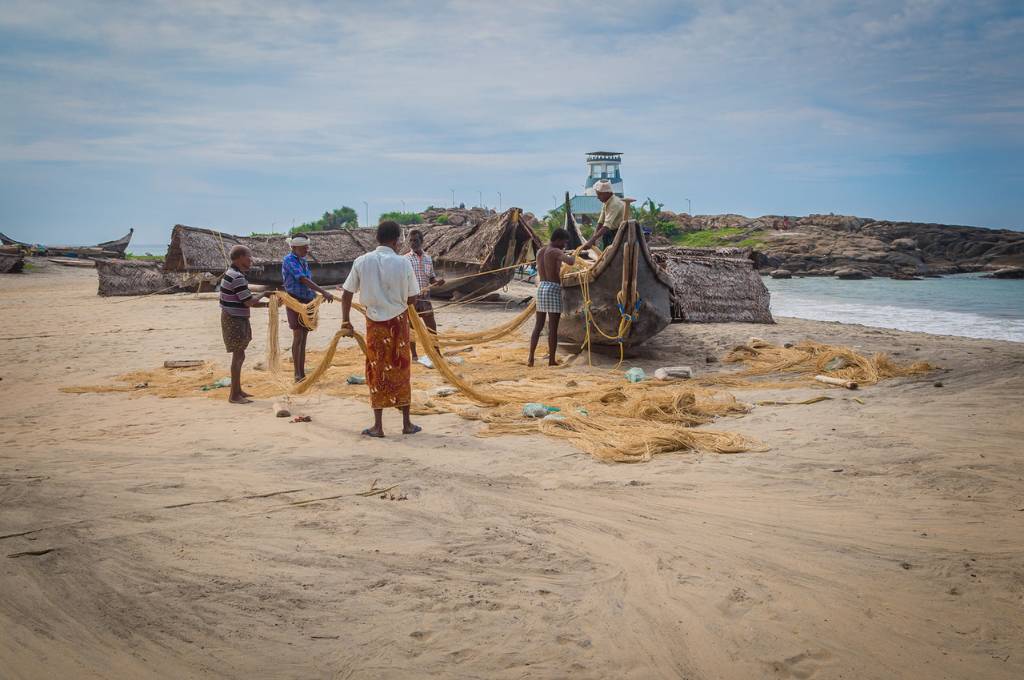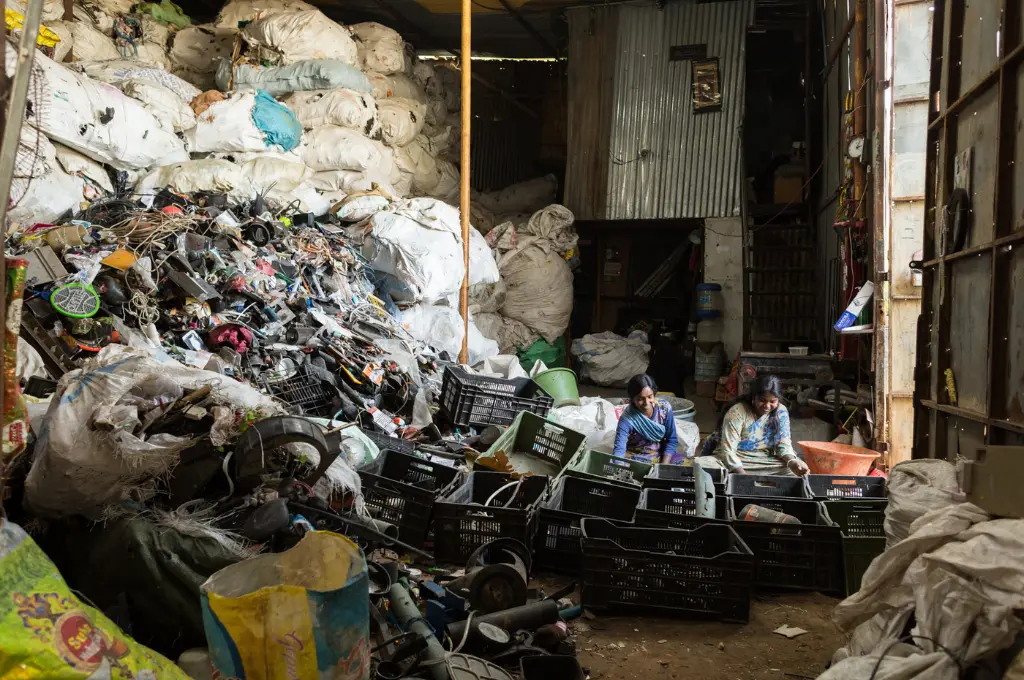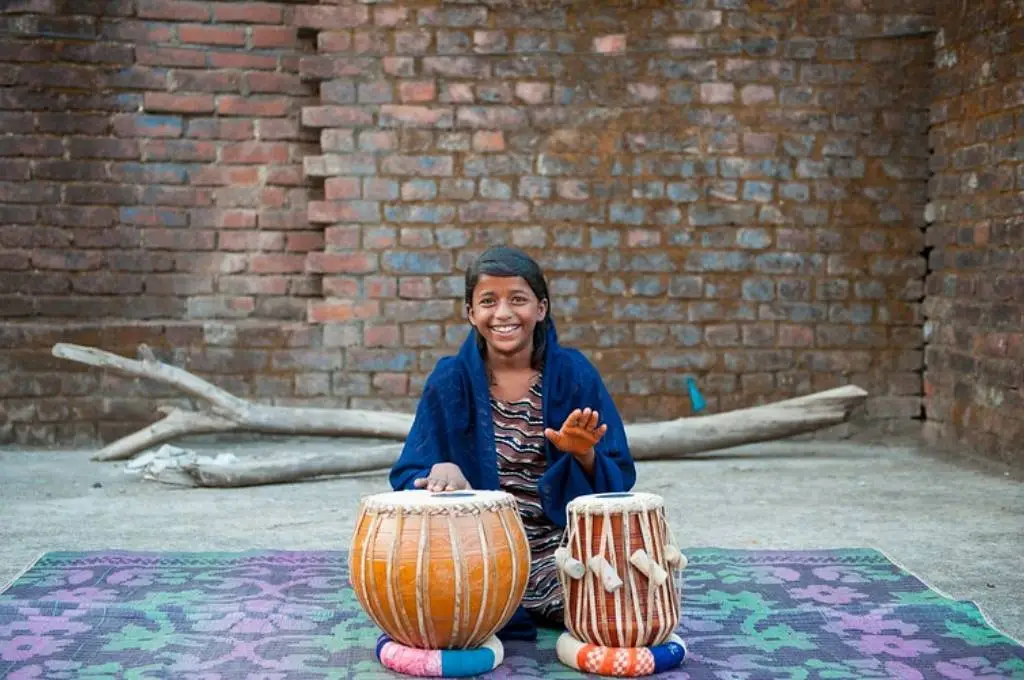The stagnation of economic activities during the COVID-19 pandemic had a devastating impact on the working class—jobs were lost, incomes fell, and poverty and inequality rose. Women especially faced even greater livelihood insecurity, and their unequal burden of care work only intensified during the crisis.
In addition, several nano- and micro-enterprises had to be shut down permanently due to lack of business and working capital during the lockdown. And organisations working on livelihoods faced a plethora of challenges stemming from the many physical and financial barriers that hindered their ability to support the communities they work with.
Despite the numerous disruptions, the crisis also generated new learnings and drove civil society to commit to building back more resilient livelihoods. In 2022, Ashoka and Sattva undertook a study to understand what it takes to build community resilience through livelihoods in a post-COVID-19 world. Focusing on rural and peri-urban areas, the three central aims of the study were to:
- Understand the state of livelihoods in a post-COVID-19 world, in the context of challenges faced and the recovery and resilience of the ecosystem.
- Assess livelihood models and identify internal and external factors contributing to their sustainability and resilience.
- Identify pathways for livelihood practitioners to adopt and scale these models.
To meet these aims, the research adopted a three-pronged approach:
- Conduct secondary research to identify resilient models in value-chain strengthening, micro- enterprise development, and skilling, along with the factors that influence the success of these models.
- Acquire and synthesise insights shared by livelihood practitioners, Ashoka Fellows, livelihood experts, and livelihood funders.
- Hold conversations with field staff of select organisations to understand their experience and the challenges in the space.
The report presented the findings outlined below, which were discussed at a panel titled ‘Learnings Round Table: Exploring Social Innovations and Impact’ organised by Ashoka. This article combines insights from both the report and the panel to outline three strategies for nonprofits working in the livelihoods sector.
1. Design localised, decentralised, and inclusive programmes
Organisations that engaged with communities over a long period of time were able to understand the needs of the community better. Additionally, those that built strong networks within the community by deliberately investing in building the capabilities of community leaders to respond to the needs of the people also found success.
For example, Swayam Shikshan Prayog (SSP)—a nonprofit that supports women entrepreneurs in areas such as agriculture, health, and sanitation—has developed and strengthened a vast rural network of women’s collectives, women-led enterprises, and farmer producer organisations since its inception. Their relationship with women leaders on the ground enabled them to address operational challenges during the pandemic, as these women leaders helped them in mobilising village stakeholders such as anganwadi workers and ASHA workers, gram panchayats, and farmers to respond to the crisis.
Echoing the need for localised knowledge, IDR’s Debojit Dutta highlighted that “through our conversations with grassroots nonprofits, we realised that the organisations with a strong understanding of the culture, geography, and demography [of the regions they worked in] had an advantage and often encouraged the involvement of the communities [they worked with].”
The more we are able to strengthen the local infrastructure in a way that can sustain itself and create value, the greater the resilience of the system.
Rathish Balakrishnan, co-founder and managing partner at Sattva, noted, “One of the things that we recognised is that the more we are able to strengthen the local infrastructure in a way that can sustain itself and create value, the greater the resilience of the system.” This was demonstrated in the report, which outlined the role of livelihood models built on local resources, assets, and conditions—these models ensured that livelihood activities remained uninterrupted during crises.
Organisations that pursued diverse avenues for income generation across complementary and seasonally relevant activities helped guarantee that their communities’ income streams never dried up completely. Skilling organisations that had deep connections with varied stakeholders such as students, parents, and local employers were able to continue enrolling and placing students during the pandemic.
For example, Medha, a nonprofit working towards improving skilling and employability among India’s youth, leveraged their alumni community to provide support to the students they worked with during challenging times. At the same time, they helped employers navigate between remote work and a hybrid environment to identify work that can be done online and align students with new job opportunities.
Decentralisation was also a major factor in building resilience. A decentralised organisational structure offered greater autonomy to field teams, fostered accountability, and empowered the communities they worked with. Having decentralised physical infrastructure was equally important, as local processing units and aggregation centres facilitated the development of community resilience to mitigate disruptions in the supply chain. Similarly, the establishment of local centres of excellence helped develop a cadre of trained professionals who could meet local industry requirements.
Harish Hande, CEO of Selco Foundation, emphasised the power of decentralisation, noting that “centralised supply chains are focused on scale and diversification and strive to lower transaction cost and make products cheaper. What happens if centralised transportation collapses? On one hand, you have rotting vegetables and, on the other, another village is not getting vegetables. COVID-19 showed how decentralised systems have become key.”
Lastly, inclusion was found to be an important lever of resilience as well. According to Rathish, “Programmes that were resilient were those that kept in mind how gender can be incorporated into design, decision-making, and operations.” As in SSP’s case, the presence of women community representatives on the ground helped the organisation continue operations when the movement of its staff was curtailed. Promoting the active participation of women in economic activities helped increase the resilience of households in the face of income and job loss. For example, families in which women participated in economic activities prior to the pandemic had a safety net that enabled them to navigate the challenges presented by reduced net income.

2. Build people-centric livelihood models that are self-sustainable
Being value-driven was critical as resilience, empathy, and agility enabled livelihood models to function as institutions of change. A strong sense of purpose guided the leadership of the organisations that were impactful during the pandemic. It helped align their planning and implementation and ensured that they achieved desired outcomes even during a crisis. Shubra Gupta, vice-president of ecosystem engagement and system adoption at Medha, reported, “What stood out to me was the way the leadership communicated across levels, building the team’s motivation and giving them space to own what they thought was best for our students. The dynamics of the team were intact when we moved online.”
Proactively investing in the training of staff to embed organisational values and preparing them to carry out field operations assured the resilience of organisations’ workforces. The strong internal value system of these organisations also inspired them to adopt compassionate human management practices, such as retaining staff and avoiding salary cuts during the pandemic. Additionally, they helped preserve their employees’ well-being by setting achievable goals, offering counselling, and fostering interaction between employees.
Implementing programmes through community structures or collectives allowed organisations to implicitly build trust.
Resilient livelihood models also utilised existing government structures effectively to achieve their goals. For example, as a skilling institution, Medha worked with Industrial Training Institutes (ITIs) to reduce investment costs and scale their reach and impact. Implementing programmes through community structures or collectives such as self-help groups allowed organisations to implicitly build trust and ensured the continuity of their operations in the face of the mobility and communication challenges posed by the pandemic. Organisations that provided free, unrestricted access to technologies and interventions that helped them enabled other organisations to learn and implement models on the ground quickly. Many practitioners reported that the availability of such information also enabled the scaling of the livelihood models they adopted.
3. Leverage infrastructure and harness networks for systems change
During the lockdown, certain livelihood models were able to sustain their on-ground presence due to the implementing organisation’s proactive efforts to forge partnerships with grassroots organisations. For example, PRAN, an organisation that promotes sustainable livelihoods, partnered with local nonprofits to implement its solutions. PRAN was able to compensate for its small team size and extend its work to different regions by undertaking capacity-building measures for these nonprofits.
Organisations with diverse funding partners, strong investor relationships, and proactive communication with funders were able to handle the liquidity challenges presented by the pandemic with greater flexibility. In addition, partnership emerged as a key lever of resilience, as organisations that established private sector partnerships were able to engage in knowledge transfers that helped them develop their technological capabilities. Similarly, collaborations with governments and policymakers mobilised greater resources towards a common goal and facilitated at-scale impact, especially during crises. The organisations that partnered with governments were able to leverage the existing infrastructure, financial capacity, and human capital that governments have to expand and deepen the scope of their work.
According to Nidhi Bali, research principal at Sattva, many practitioners also suggested building a large-scale livelihood collaborative that could leverage the strengths and unique expertise of varied partners to build more sustainable models and greater resilience for the communities they serve.
The pandemic and its resultant disruptions have clarified the need to amplify the learnings acquired from the models covered in the report, multiply their impact, and bring about systemic change in the livelihoods landscape. However, this will require livelihoods to be placed at the centre on various fronts, including policymaking, research, financial inclusion, and decentralised infrastructure. Doing so would entail greater collaboration across governments, businesses, media houses, civil society, and grassroots communities.
*All quotes in this article were sourced from Ashoka and Sattva’s report titled Pathways to Resilient Livelihoods and the panel discussion conducted during the ‘Learnings Round Table’.
—





